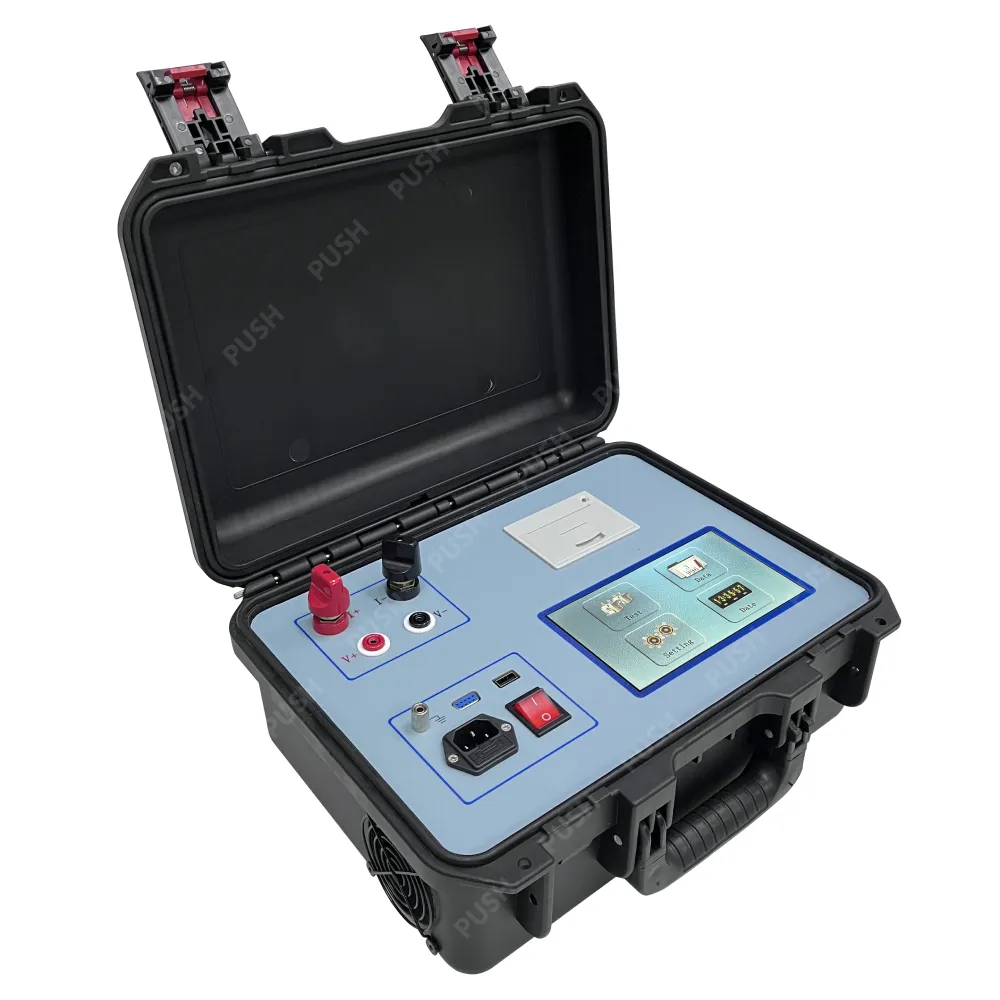 English
English



-
 Afrikaans
Afrikaans -
 Albanian
Albanian -
 Amharic
Amharic -
 Arabic
Arabic -
 Armenian
Armenian -
 Azerbaijani
Azerbaijani -
 Basque
Basque -
 Belarusian
Belarusian -
 Bengali
Bengali -
 Bosnian
Bosnian -
 Bulgarian
Bulgarian -
 Catalan
Catalan -
 Cebuano
Cebuano -
 China
China -
 China (Taiwan)
China (Taiwan) -
 Corsican
Corsican -
 Croatian
Croatian -
 Czech
Czech -
 Danish
Danish -
 Dutch
Dutch -
 English
English -
 Esperanto
Esperanto -
 Estonian
Estonian -
 Finnish
Finnish -
 French
French -
 Frisian
Frisian -
 Galician
Galician -
 Georgian
Georgian -
 German
German -
 Greek
Greek -
 Gujarati
Gujarati -
 Haitian Creole
Haitian Creole -
 hausa
hausa -
 hawaiian
hawaiian -
 Hebrew
Hebrew -
 Hindi
Hindi -
 Miao
Miao -
 Hungarian
Hungarian -
 Icelandic
Icelandic -
 igbo
igbo -
 Indonesian
Indonesian -
 irish
irish -
 Italian
Italian -
 Japanese
Japanese -
 Javanese
Javanese -
 Kannada
Kannada -
 kazakh
kazakh -
 Khmer
Khmer -
 Rwandese
Rwandese -
 Korean
Korean -
 Kurdish
Kurdish -
 Kyrgyz
Kyrgyz -
 Lao
Lao -
 Latin
Latin -
 Latvian
Latvian -
 Lithuanian
Lithuanian -
 Luxembourgish
Luxembourgish -
 Macedonian
Macedonian -
 Malgashi
Malgashi -
 Malay
Malay -
 Malayalam
Malayalam -
 Maltese
Maltese -
 Maori
Maori -
 Marathi
Marathi -
 Mongolian
Mongolian -
 Myanmar
Myanmar -
 Nepali
Nepali -
 Norwegian
Norwegian -
 Norwegian
Norwegian -
 Occitan
Occitan -
 Pashto
Pashto -
 Persian
Persian -
 Polish
Polish -
 Portuguese
Portuguese -
 Punjabi
Punjabi -
 Romanian
Romanian -
 Russian
Russian -
 Samoan
Samoan -
 Scottish Gaelic
Scottish Gaelic -
 Serbian
Serbian -
 Sesotho
Sesotho -
 Shona
Shona -
 Sindhi
Sindhi -
 Sinhala
Sinhala -
 Slovak
Slovak -
 Slovenian
Slovenian -
 Somali
Somali -
 Spanish
Spanish -
 Sundanese
Sundanese -
 Swahili
Swahili -
 Swedish
Swedish -
 Tagalog
Tagalog -
 Tajik
Tajik -
 Tamil
Tamil -
 Tatar
Tatar -
 Telugu
Telugu -
 Thai
Thai -
 Turkish
Turkish -
 Turkmen
Turkmen -
 Ukrainian
Ukrainian -
 Urdu
Urdu -
 Uighur
Uighur -
 Uzbek
Uzbek -
 Vietnamese
Vietnamese -
 Welsh
Welsh -
 Bantu
Bantu -
 Yiddish
Yiddish -
 Yoruba
Yoruba -
 Zulu
Zulu
inductance tester
Understanding Inductance Testers A Comprehensive Overview
Inductance testers, also known as inductance meters, play a crucial role in the field of electronics and electrical engineering. These devices measure the inductance of coils, inductors, and transformers, providing vital information for engineers and technicians. Understanding how inductance work and the importance of testing inductance can enhance the quality of electronic components and systems.
Inductance is a property of electrical circuits that quantifies a coil's ability to store energy in a magnetic field when an electric current flows through it. Essentially, it's a measure of how well a conductor can induce voltage when the current passing through it changes. The unit of measurement for inductance is Henry (H). A higher inductance value indicates a greater ability to store energy, which is critical for the performance of many electronic devices.
Inductance testers operate on the principle of measuring the AC voltage and current in the coil to calculate inductance. Most modern testers are digital, offering high precision and quick readings. They typically consist of a signal generator, a measurement circuit, and a display. The signal generator applies a known current or voltage to the inductor, and the measurement circuit detects the resulting response to calculate the inductance value.
One of the key benefits of using an inductance tester is the ability to verify whether inductors are functioning within their specified tolerances. Manufacturing defects, material degradation, or improper handling can lead to variations in inductance values, potentially resulting in circuit malfunctions. By routinely conducting inductance tests, manufacturers can maintain quality control and ensure reliability in their products.
inductance tester

Additionally, inductance testers are invaluable when working on circuit design or troubleshooting. Engineers often need to verify the specifications of components used in their designs. For instance, in high-frequency applications, even slight variations in inductance can lead to significant changes in performance, affecting parameters like resonance and impedance. Testing inductance before implementation can prevent costly redesigns and ensure the desired performance is achieved.
Moreover, inductance testers can be used in educational settings to teach concepts related to electromagnetism and circuit theory. By demonstrating the principles of inductance in real-time, students can gain a better understanding of how these principles apply in practical applications.
In the market, a variety of inductance testers are available, ranging from simple handheld devices to sophisticated bench-top models with advanced features. Selecting the right tester depends on the intended application, the range of inductance values to be measured, and the level of precision required. Some testers also provide additional functionalities, such as measuring capacitance and resistance, making them versatile tools for engineers and technicians.
In conclusion, inductance testers are essential instruments in the field of electronics, facilitating accurate measurement and quality assurance of inductors and coils. Their application in testing ensures that electronic devices operate reliably and efficiently. As technology continues to advance, the importance of these tools will likely grow, fostering greater innovation in circuit design and manufacturing. Understanding the principles of inductance and the functionality of inductance testers can lead to improved performance and reliability in a wide range of electronic applications. Whether in a manufacturing environment, research lab, or educational setting, these testers are invaluable assets for anyone working with electronic components.
-
Testing Equipment Industry Sees Major Advancements in 2025: Smart & Precision Technologies Lead the WayNewsJun.06,2025
-
Applications of Direct Current Generators in Renewable Energy SystemsNewsJun.05,2025
-
Hipot Tester Calibration and Accuracy GuidelinesNewsJun.05,2025
-
Digital Circuit Breaker Analyzer Features and BenefitsNewsJun.05,2025
-
Benefits of Real-Time Power Quality Monitoring Devices for Industrial EfficiencyNewsJun.05,2025
-
Earth Fault Loop Testing in High-Rise Building Electrical SystemsNewsJun.05,2025



